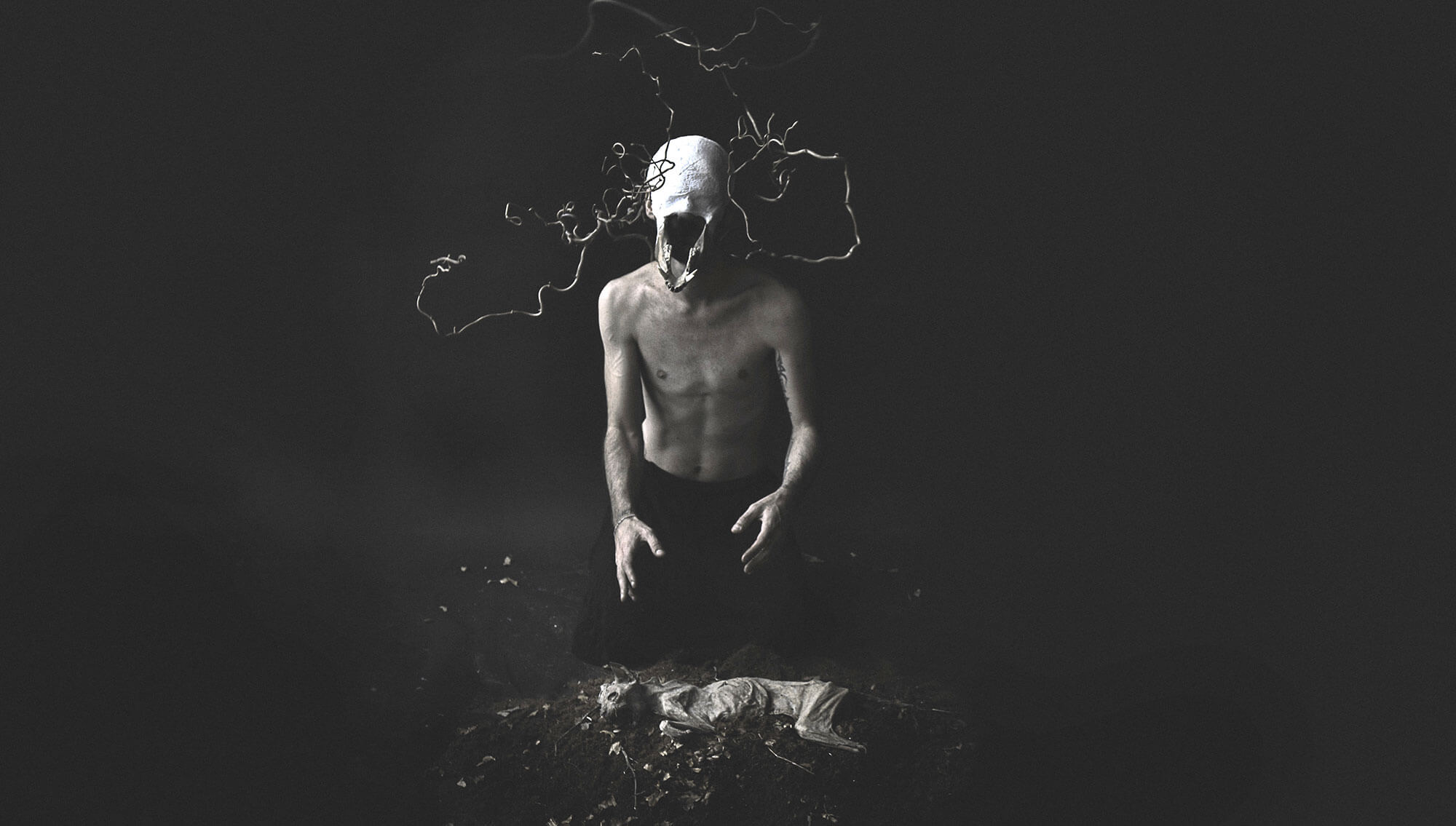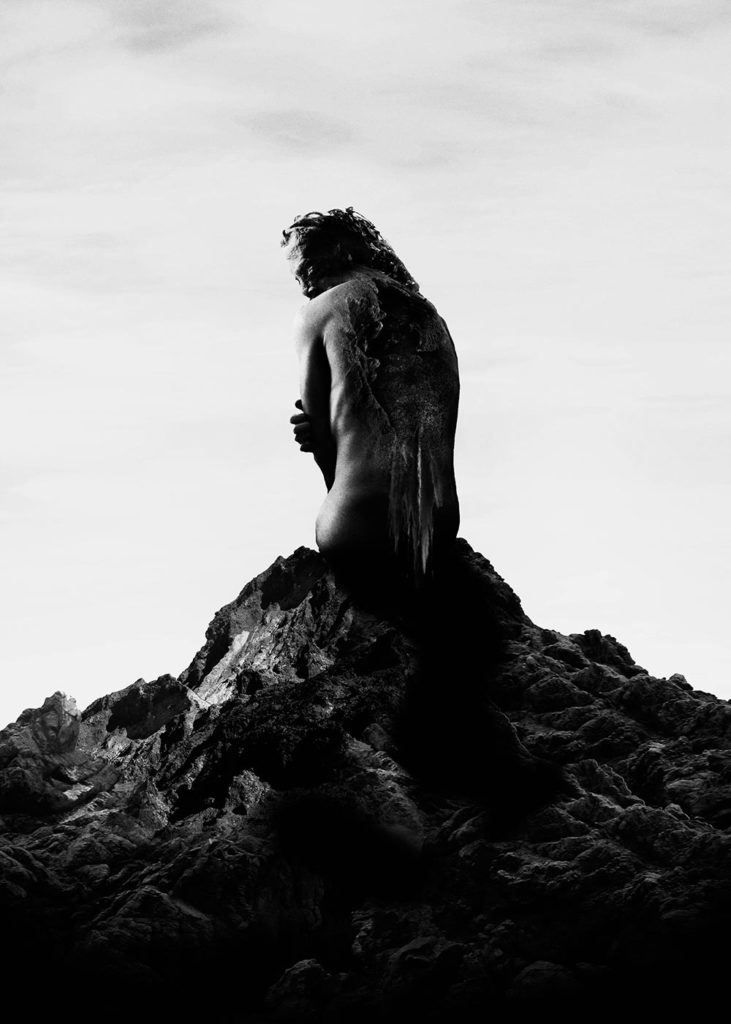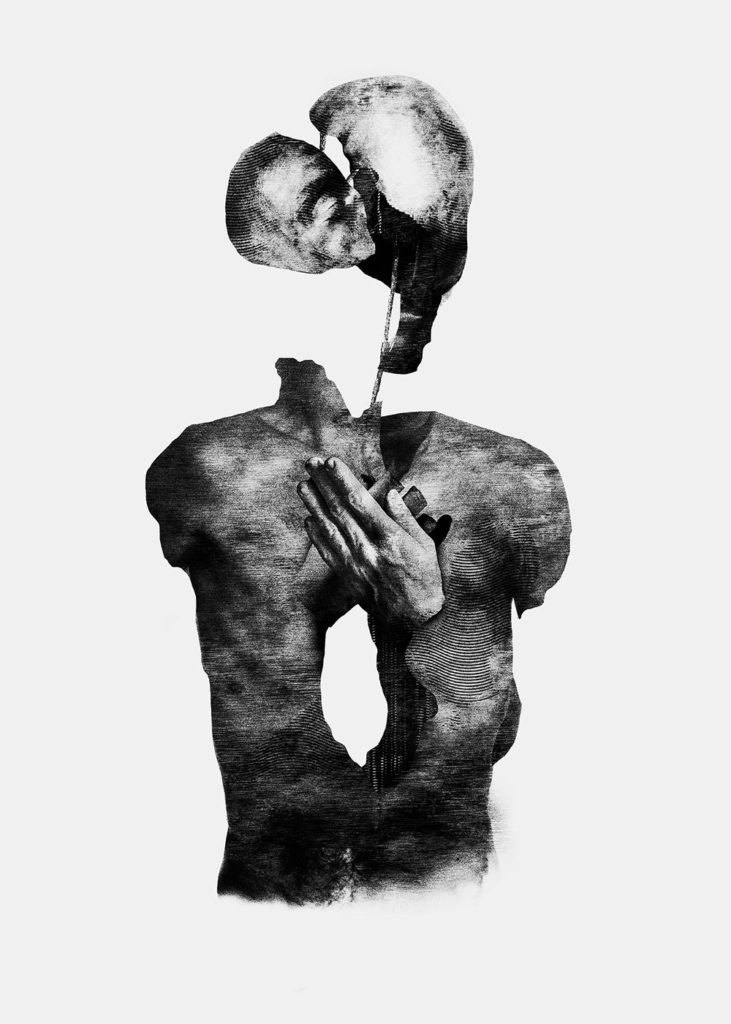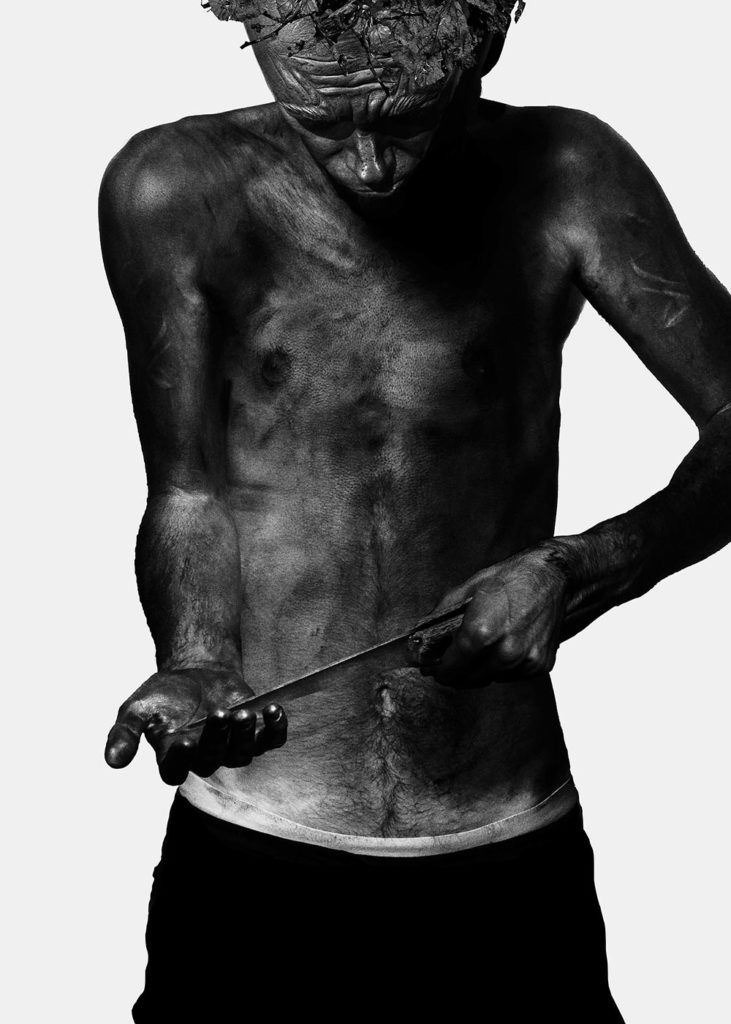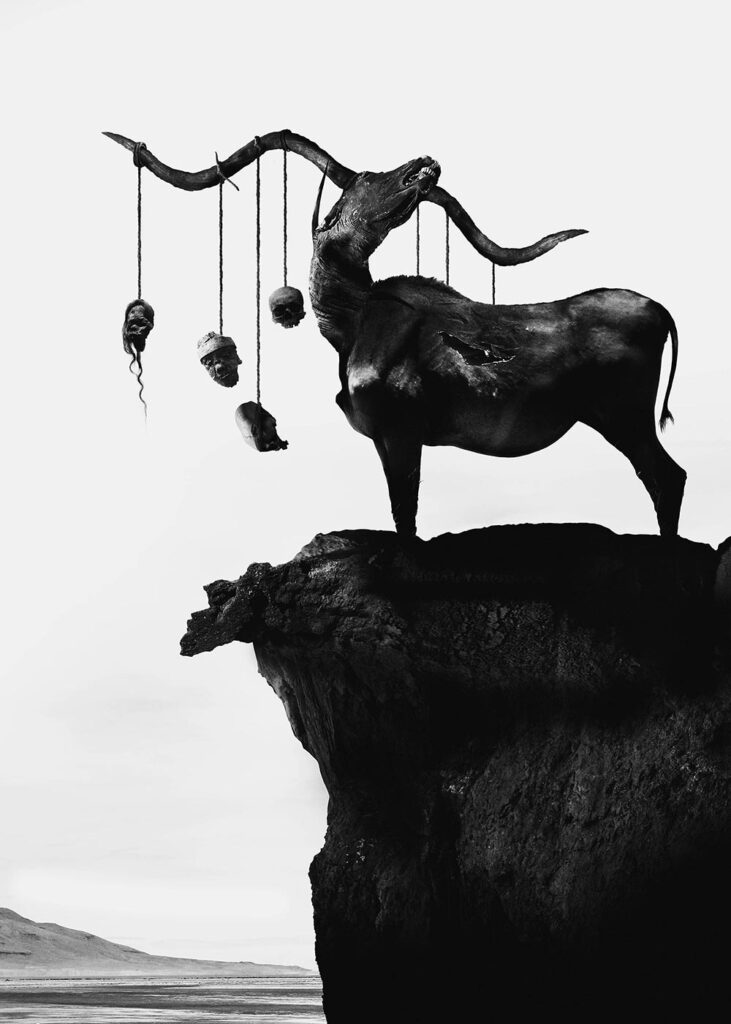From graphic design to photography, sound production, art exhibitions, all the way through to personal music picks and more.
- ꜜ Background ꜜ Art exhibitions ꜜ Graphic design ꜜ Photography ꜜ Sound-print ꜜ Personal picks ꜜ Thoughts on… ꜜ
I
Background
Dehn Sora is so involved in different artistic directions, from graphic design, to music creation, video directing and more. How did all of this start, and how did you recognize signs of such directions in early stages of life?
As many, I think, I started by drawing, since I was a child. The way of materializing, as you can, an image you have in mind, is always something I am attached to. The result is mainly far from expectations, but it gets a bit more real. That was a driving force and kind of still drives me until today.
I think, graphic design was the biggest hit in my life, to get to that idea that this is what I want to do on a daily basis. The feeling of more real was more intense.
I remember when I was a child, my “goal” was to be a film director. So, when I started experimenting with digital, I felt that mixing photographs would result in this more real aspect.
Instants from altered states, altered worlds. As music, I fell into it pretty early. Not especially in a music environment as a child, but some discovers and real strikes (Black metal was the biggest).
The way that you getting one with what you do. Not as an entertainment at all. A projection of feelings, and physical dedication. As still today, if I don’t keep busy, doing it, I will probably collapse.
What music, books and types of art is Dehn Sora into, that might have influenced the person you are right now?
Certainly, as everyday being fed up with images, it shapes you in a way or another. I keep my windows open as largely as I can. Started from films, I think. Cronenberg, as a child, was a major influence. Then, I remember Shinya Tsukamoto‘s “Tetsuo” was the first time I thought you can do something limitless without much. That feeling of freedom, that I still cherish.
Musically, some bands might have changed my perception in creation, even in life. There are many to mention, but right now, I think about Magma. The way they opened possibilities. Fascinated by artists that give their lives to their art, let’s say.
Art-wise, I am still fascinated by primal arts in general. I grew up close to a primal art museum, as well as Natural History museum. I felt safe and quiet in those places, and still do, therefore in every country I visit, I aim to look for their Natural History museum. The fascination I have for organic, body parts, get this connection to the physical involvement I mentioned.
II
Art exhibitions
It seems that your first art exhibition was in the year 2012 under the name of Cavity, and your latest was out there in the year 2017 named as The Sore and Their Shoulders; so, in other words, it has been almost three years now without new exhibitions.
Can you describe how you plan and execute your art exhibitions, and what’s behind the three-years hiatus?
I have actually done few collective and solo exhibitions last year, in Holland, Russia, Norway, Iceland, Portugal and France. It’s always a matter of opportunities. I am not good at promoting myself, so I don’t seek much.
Incarnating your art is an interesting exercise, but I am not really socially comfortable, so it pushes me into that incarnation, in no treachery. I thank a lot all the festivals and galleries that invited me, because it pushes me forward to do more, to explore new directions and mediums.
In one of the collective exhibitions, I decided to reproduce in real some photographs I have done but used to processed. First time I had to do installations so to speak. The feeling of matter, the touching ability, makes more sense than printing a poster for those ideas. The senses have to be moved.
In connection to the previous questions, something that was like a punch in the face was when I visited the Berlinde de Bruyckere exhibition in Belgium in 2015. Being around monumental sculptures, I had the feeling of visiting the guts of someone.
Where are your art exhibitions being held, and are there any intentions to hold an international exhibition that is outside France at one point? Where do you think is your ideal spot, and why?
I have the chance to be invited more in foreign countries than in France. The ideal spot is where it makes sense. I sometimes get invited to do exhibitions in music festivals where bands I worked with are playing; some kind of contribution to their atmosphere, in the place where they have physical interaction and delivery of what they feel.
It makes the experience more interesting in my opinion. A place where different expressions converging is the ideal for me.
III
Graphic design
Dehn Sora has done lots of work to many bands that have deep musical concepts, and are so different compared to many others in terms of sound, ideology and impact; ie. Blut Aus Nord, Misþyrming, Deathspell Omega, Sektarism, Le 7e oeil, among many others. How do you convey the artists’ vision in your work, and which graphic work for a musical experience is the dearest to you?
The best experiences are when bands interact with visions. Giving an image that inspires something, is the best reward I ever have. When I work for bands, I’d seek the work “with” bands, more. They have a vision, I need to distance with, and seek into their minds, to get it out. In a point, there is psychology.
Some bands I worked for years now, pushed me into directions I thought I never explore. Digging a new experience each time. I think about the last Blut Aus Nord album, which made me research something out of my general universe… Also thought about doing it under LSD influence at some point, to get it more real.
Lots of the bands Dehn Sora has done graphic work for fall under Debemur Morti Productions, which you have also done graphic work for; tell us more about your graphic work with Debemur Morti as a label?
We became friends, a trustful relationship over the years. Debemur Morti Productions’ owner is probably the most honest person I have ever known, living his thing 200%. It is rewarding to have his trust in return, so I am always happy to help the label with my humble skills.
As for little things, as banners, little graphic needs that helps or bigger artworks when the band they sign wants to work together; made me connect to bands I admire their work, discover new bands, and grow some relationships too.
What bands would you wish to do work for when it comes to graphic design?
I’d say, I have personal heroes I’d love to work for. I failed at one few years ago. I was sad but it was interesting on how pressure can change perception. But I think about Swans, Magma, GOLD lately…many more actually.
IV
Photography
Faces and Black Leather project is a diverse photography project, when was this project initiated, and what was the concept behind it?
It started with the reaction of people I have at home, in front of a naturalized crow; some were amused, some afraid. I wanted to portrait everyone who came to my place, friends – facing it, being next to. It reveals a lot about themselves.
Being next to a representation of death, or curse depending on cultural perception, made the experience always interesting for everyone. And it’s a great memory of times of exchange.
“I Try. Create. Fail. Try again.” – what does this sentence mean to you, and how far was it applicable to your history until this very moment?
That’s still an ongoing story. I fail a lot. I always lacked confidence in myself, but weirdly, it never stopped me. A reminder of not giving up maybe. But creation comes with a lot of doubt and pain. It sometimes brings me in desperate states, but I can’t walk without it.
V
Sound-print
Treha Sektori is one interesting musical experience; how did this project come to life and what ideology is behind its sound, visuals and identity?
I’d say it started in 2005, on first manifestations, but the real timing would be around 2009. I use some kind of instinctive language in Treha Sektori. Something that comes from my childhood, when I cannot express some feelings.
It was hard to put on words from my mother tongue, things I cannot even understand. This language came up instinctively. It was, and is still, connected to certain states of mind. Extreme emotions maybe. I can write automatically for hours, only using this language.
Treha Sektori can be translated to the place where they fall. I worked around breathes, and an inverted gravity feeling. In my feeling, it is musically some kind of heartbeat crossing many states in a minute.
Your musical project Throane is signed with Debemur Morti Productions label, but not Treha Sektori which is signed to Cyclic Law Label, what are the reasons behind that?
The audial representation fits one another, I think.
Treha Sektori is a one-man show, and it is apparent that you are performing live sessions too, in small and big venues; how do you prepare for that on the stage, and what mental state is there when Treha Sektori is the source of vibration on stage?
The pure fear I’d say. It is hard to face those eyes, on stage. I want to be a shadow that passes a fire, but avoiding the light as much as I can.
The feeling right after a show is so special, so unique, I can never put the right words to express it, but I am always looking for this feeling. The way you physically feel the music, with the power of a venue sound, makes it a place where you can’t fail. It brings a tension that interest me in performing.
“We are born with the knowledge of death”, is a slogan carried on the shoulders of Treha Sektori – the saying that is so true but mostly being voluntarily or involuntarily neglected, how does this knowledge represent itself within the sound of Treha Sektori? And how did the consciousness behind it grow in you, personally?
In a way, not being afraid of death brings different perspectives and way of living together. I’d say it doesn’t make it sweeter. I feel that solitude could not be an issue, and that gives a central place for honesty, research and passion. I feel lucky that I have valves to open when I grow too much of feelings, in the edge of exploding.
Treha Sektori has worked with the photographer and film maker William Lacalmontie, tell us about this visual collaboration, its story and outcome.
We became close friends, let’s say brothers. When he approached me to photograph me, I was so vulnerable in front of his camera. It clicked together instantaneously. We share common personality traits, that absolutely completes. Being able to feel safer in experiences, made me grow.
VI
Personal picks
If you would name the best album of the year for 2019, what would that be? And why?
GOLD’s “Why Aren’t you Laughing?”, I’d say. Because of the title, the haunting voice that grabs throat, the unique approach of their genre mixing. I’d say that this one accompanied me the most last year.
A book that has an immense impact on Dehn Sora’s personal growth and possibly ideology that might have manifested itself on your art, would be…?
Henri Michaux L’infini Turbulent, about the fact on how you risk your life to open perceptions, I’d say.
What musical acts would Dehn Sora ideally love to tour with, if you were to choose?
A lot would be an honour, I’d say Swans, Yob, GOLD again, and recently from France would be Fange and Movrrir.
VII
Thoughts on…
What are your thoughts about the following words; consciousness, ego and death?
Consciousness, something I wish sometimes I have less of. I never stop thinking, it keeps me awake, weaken me sometimes. When I lose it, I can’t stop thinking of it, it could take my life long. I don’t wish for any switch, but that is a block in front of enjoying my moments I’d possibly say.
Ego, is not something I feel related to. A friend that works with energies told me, that I was part of an ancient brethren. Not friendship, but brethren, and that makes sense to me. If I can fade the most, I’d do it. Ego is what avoids the will of greater.
Death, is inevitable, but not necessarily an end. Leaving, even a small mark, makes it worth it.

